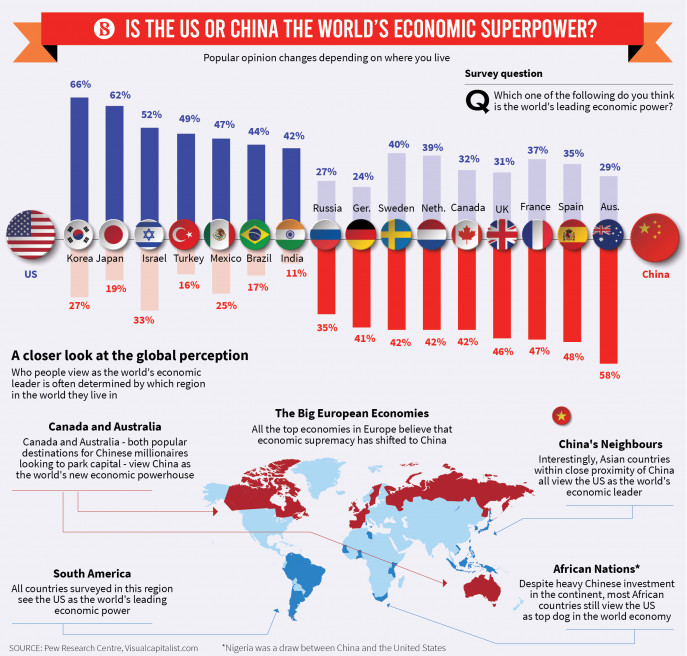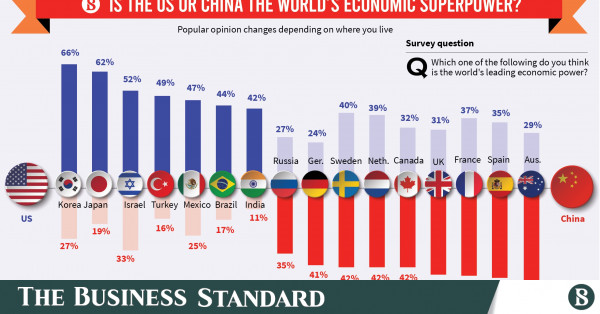We have to admit it PRC has done great job but it has been due to western direct investment.
Currently in PRC minumum wage rose. They can't supply global industry with cheap labor force so PRC has to transform its economy another realms subject to the 21st century.
Western capital can find another countries as There are a lot of poor countries which are eager to thrive to capital.
PRC , Russians and Anglo-Saxon world have common interests which were founded in the WW2.
CN is no longer the World factory. Investors who still keep their factories in CN mainly bcs they can make money from CN's market while companies like Samsung, LG, CN part suppliers, tire- textile factories etc already move to VN to avoid high labor cost and 25% tariff.
CN factories produced almost all parts for Iphone, except 5mn chips, but now, the buyer would rather wait for getting the Sensor-shift OIS stabilizes sensors on the camera from VN than from CN due to lower cost.
---------------
iPhone 13 delivery times lengthen as COVID hits suppliers in Vietnam
Camera module constraints add more pressure as China power cuts hit supply chain
Apple's newly launched iPhone 13 has encountered production snags, partially associated with problems in COVID-hit Vietnam. (Photo by Arisa Moriyama)
LAULY LI, CHENG TING-FANG, and LIEN HOANG, Nikkei staff writersSeptember 29, 2021 12:02 JST
TAIPEI/HO CHI MINH CITY -- Buyers of Apple's new iPhone 13 are facing longer-than-expected delivery times due to the COVID wave in Vietnam and the U.S. tech giant's deployment of a new camera feature, Nikkei Asia has learned.
The disruption is mainly associated with constrained supplies of camera modules for the four iPhone 13 models because a significant number of its component parts are assembled in Vietnam, according to people familiar with the matter.
Supply chain sources had expected this year's rollout of new iPhones to be relatively smooth, given that most changes to the updated devices are only incremental and Apple has been able to stockpile many key components.
But the company has expanded the use of its new sensor-shift optical image stabilization (OIS) to all four iPhone models when previously it was only in the premium iPhone 12 Pro Max. This has put suppliers in the position of having to ramp up production without jeopardizing production quality, against the backdrop of severe restrictions due to COVID.
Sensor-shift OIS stabilizes sensors on the camera to make images smoother and video steadier even if users are in motion, and it is an improvement on previous technology that stabilized camera lenses.
"Assemblers can still produce the new iPhones, but there's a supply gap [in] that the inventories of the camera modules are running low," one of the executives with direct knowledge told Nikkei Asia.
"There's nothing we can do but to monitor the situation in Vietnam every day and wait for them to ramp up the output."'
Camera module constraints add more pressure as China power cuts hit supply chain

asia.nikkei.com


 www.tbsnews.net
www.tbsnews.net








